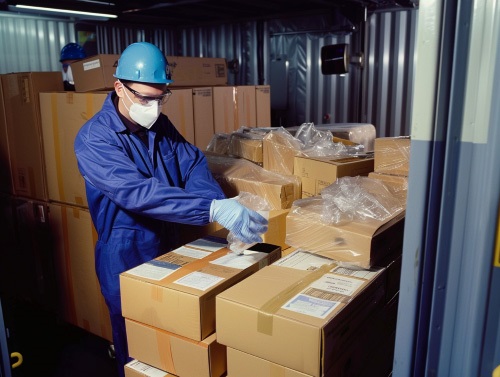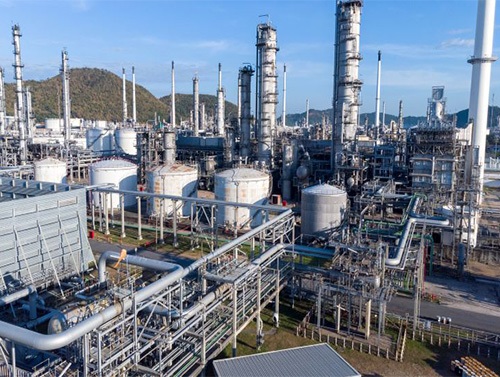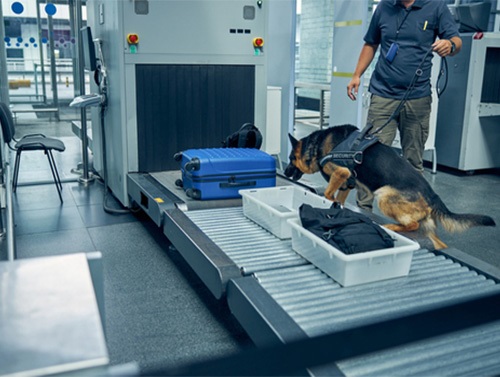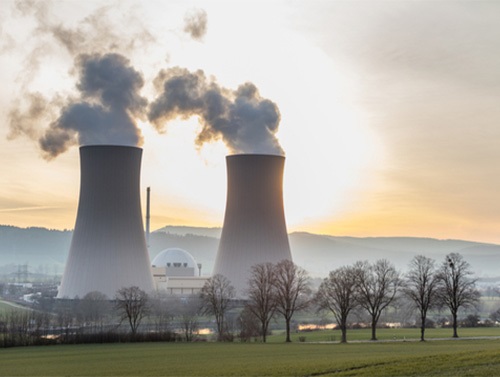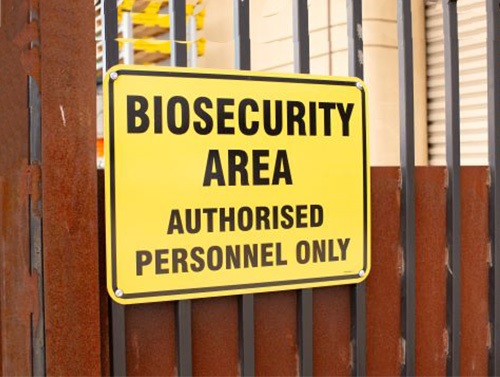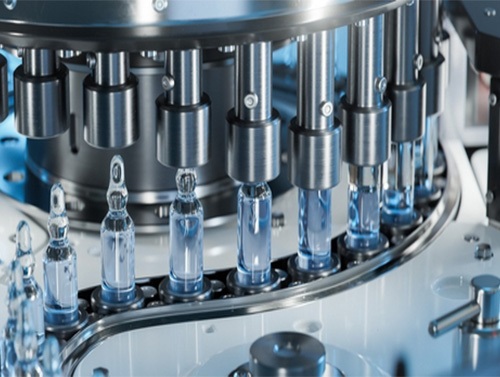Chemical Industry Monitoring
Case Study: Online Monitoring of Oil Pipeline
A petroleum company's oil pipeline system requires regular monitoring of harmful gas concentrations to ensure safety during transportation. To achieve this goal, they installed photoionization detectors (PIDs) at key locations along the oil pipeline.
Installation Locations: PIDs are installed at critical locations such as the inlet and outlet of the oil pipeline to monitor harmful gas concentrations that may exist during oil transportation.
Real-time Monitoring: PIDs continuously monitor the concentration of harmful gases in the pipeline, such as volatile organic compounds (VOCs) and hydrocarbons.
Alarm System: Once the PID detects harmful gases exceeding the set safety threshold, the system immediately triggers an alarm, alerting operators to take appropriate emergency measures.
Data Recording and Analysis: PIDs also have data recording and analysis capabilities, allowing them to record historical monitoring data and conduct trend analysis. This helps the company understand the changing trends in harmful gas concentrations, allowing them to adjust production processes promptly and improve production safety.
Emergency Response: When the PID triggers an alarm, operators take immediate emergency response measures, such as stopping oil transportation operations and evacuating personnel, to ensure the safety of personnel and equipment.
By using PIDs, the petroleum company can timely monitor the concentration of harmful gases that may exist during pipeline transportation, ensuring the safety and stability of the oil transportation process.










